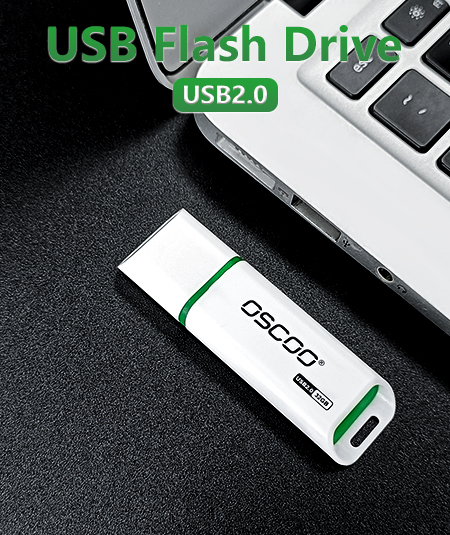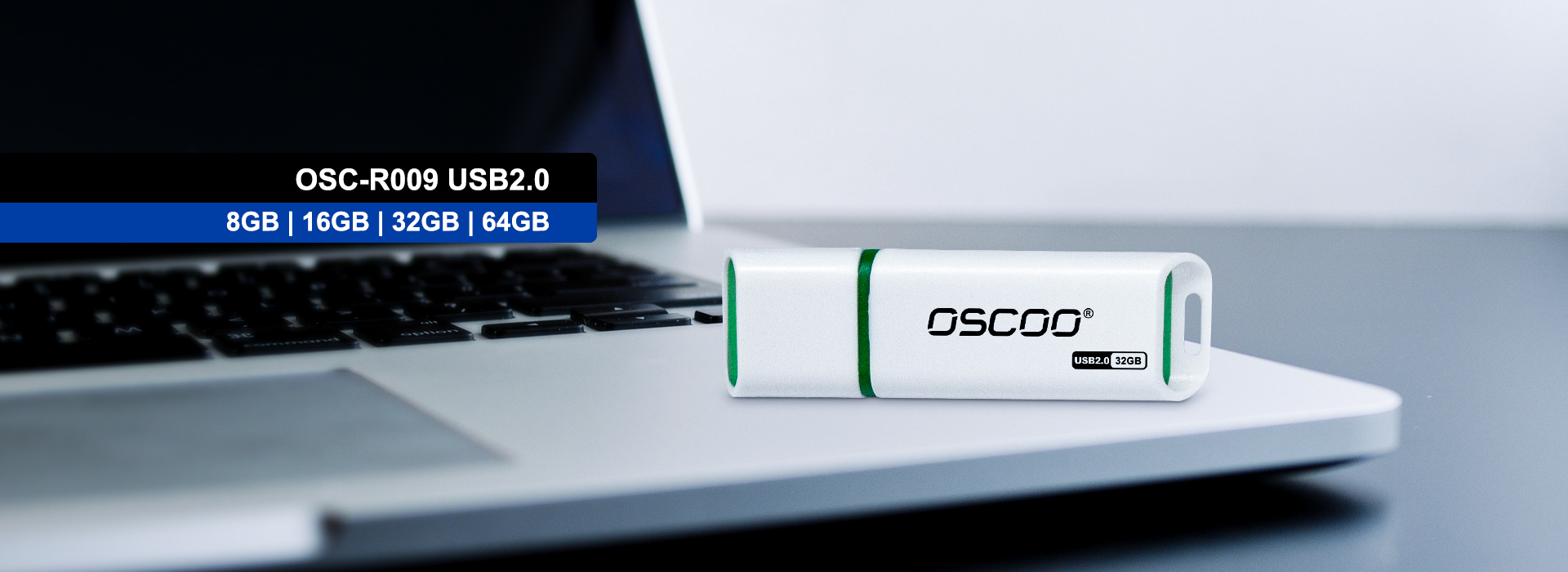News
Site Editor
 Site
/uploads/image/64e425c3edfef.png
As technology progressed and digital content grew in size and complexity, the limitations of USB 1.0 became increasingly apparent. Enter USB 2.0, which debuted in 2000 with a promise to revolutionize data transfer speeds.
Site
/uploads/image/64e425c3edfef.png
As technology progressed and digital content grew in size and complexity, the limitations of USB 1.0 became increasingly apparent. Enter USB 2.0, which debuted in 2000 with a promise to revolutionize data transfer speeds.
The Evolutionary Leap: USB 2.0 Flash Drive Versus USB 1.0 Flash Drive
Views: 633
Author: Site Editor
Publish Time: 2024-07-09
Origin: Site
